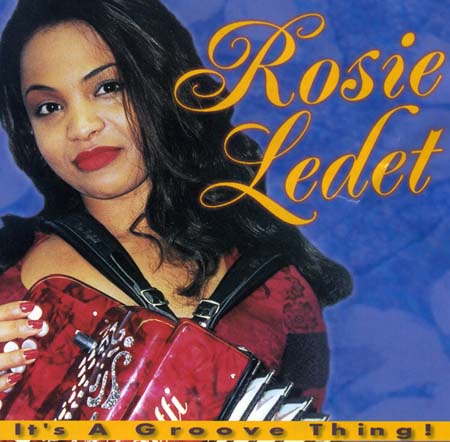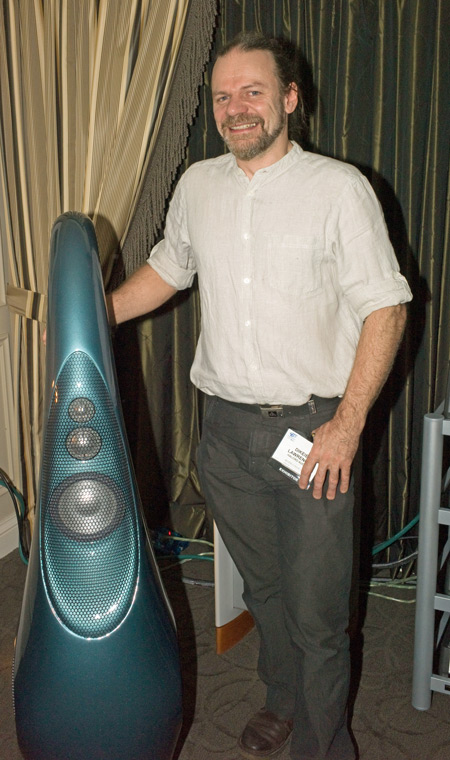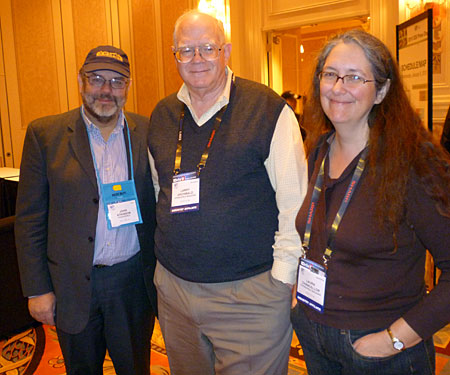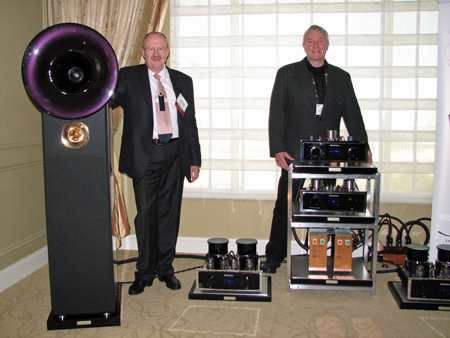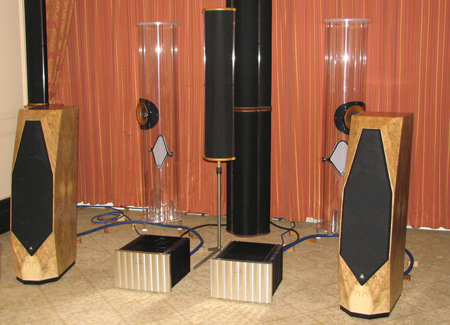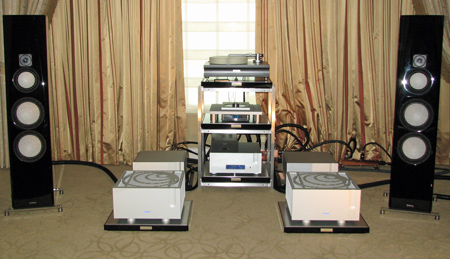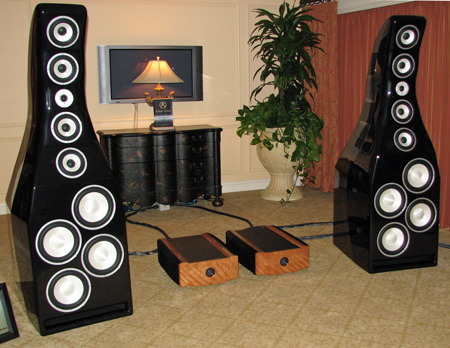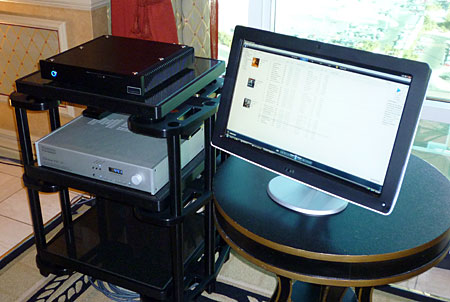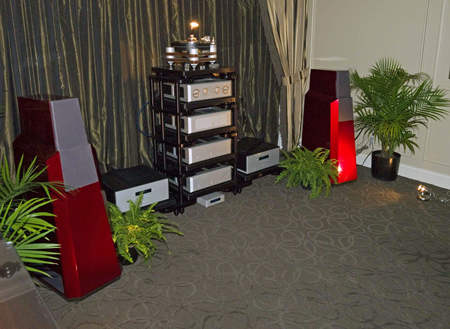
Vandersteen's $45,000/pair, time- and phase-correct, four-way, floorstanding, Model Seven loudspeaker made its debut at the 2009 CES but is now in production. I sat with Richard Vandersteen in his suite at the Venetian, and listened intently to his description of how he designed the Model Seven. He started by saying, "I didn't really understand the advantages of carbon-fiber as a material that could help speaker design until I built my own airplane." From there, he described how he developed a patent-pending sandwich of high-Young’s Modulus carbon-fiber skins bonded to a balsa-wood core for the mid-bass, midrange, and tweeter diaphragms, which combines very high stiffness for proper pistonic operation, with high self-damping. Carbon-fiber construction for the enclosure also allowed him to restrict the cabinet resonance to very high frequencies, where they will have no effect on sound quality. The drive-units use Vandersteen’s patented method of avoiding rear reflections from the magnet structure. The powered 12" subwoofer fires down at the floor. All this was evident when he played a vinyl recording of Holst's <I>The Planets</I>. The Model Seven, driven by Aesthetix amplification, played with unusual clarity and definition, and I could easily follow different motifs in this orchestral selection that I had not been aware of at home. From what I heard at the Show, I anticipate the Model Seven doing very well in the review scheduled to run in the March, 2010 issue of <I>Stereophile</I>.

